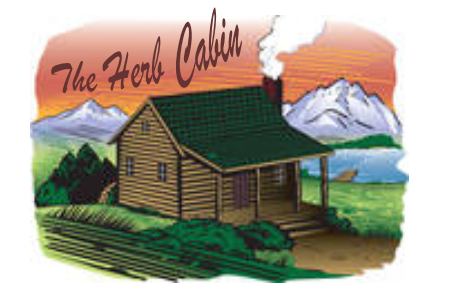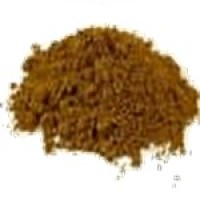Cinnamon comes from the dried inner bark of a tropical evergreen laurel tree. This spice is known as "true cinnamon" to distinguish it from cassia (Cinnamomum cassia), which looks and tastes like cinnamon.
Believed to be native to Sri Lanka, cinnamon now grown in India, Brazil, the islands of the Indian Ocean and the East and West Indies. It was known to the ancient Chinese and Egyptian civilizations. It is quoted in the Bible in the book of Exodus as an ingredient of anointing oil and in Proverbs. In Egypt, it was used medicinally and as a flavoring for beverages.
It was one of the ingredients in ivory jelly, which was made from powdered ivory and given at one time to consumptives. It raises vitality, warms and stimulates all the vital functions of the body, counteracts congestion, is antirheumatic, stops diarrhea, improves digestion, relieves abdominal spasms, aids the peripheral circulation of the blood. Cinnamon is the second most widely used warming stimulant in Chinese medicine, used by Chinese herbalists much as Western herbalists have used cayenne. In India, it is taken after childbirth as a contraceptive. It has a slight emmenagogic action—stimulating the uterus and encouraging menstrual bleeding.
The bark is also administered by Ayurvedic doctors for anorexia, bladder disorders, and as tonic for the heart. Japanese research in the 1980s showed that cinnamaldehyde was sedative and analgesic. It is also thought to reduce blood pressure and fevers. One German study showed cinnamon suppresses completely the cause of most urinary tract infections and the fungus responsible for vaginal yeast infections. It helps break down fats in your digestive system, possibly by boosting the activity of some digestive enzymes. You can dust a bit of cinnamon on cuts and scrapes (it contains eugenol) which helps relieve the pain of household mishaps.
Studies have shown that consuming ¼ teaspoon a day of cinnamon lowers diabetes risk by up to 29%
Properties:
anaesthetic, antidontalgic, antiseptic, antiputrefactive, antispasmodic, aphrodisiac, astringent, cardiac, carminiative, emmenagogue, escharotic, haemostatic, insecticide, parasiticide, sialogogue, stimulant, stomachic, vermifuge
Culinary use:
Most of the "cinnamon" sold in the US is actually a blend of cinnamon and cassia, but if you were to sample plain cassia and plain cinnamon, you would find cassia's flavor bitter, while cinnamon's is warm and "sweet" Cassia also has a stronger scent, and it is darker (reddish brown versus tan).
"Cinnamon sticks" made of true cinnamon look like quills (a single tube); "cinnamon sticks" made from cassia are rolled from both sides toward the center so that they end up looking like scrolls.
Toxicity:
Cinnamaldehyde, eugenol and phellandrene are all allergens and irritants that may cause contact dermatitis in sensitive individuals. People who are sensitive to cinnamon may develop dermatitis after using perfume, soap, mouthwash or toothpaste scented or flavored with cinnamon.
Cinnamon Ground - lowers diabetes risk, diarrhea
- Product Code:MH013
- Availability:In Stock
-
R32.50

